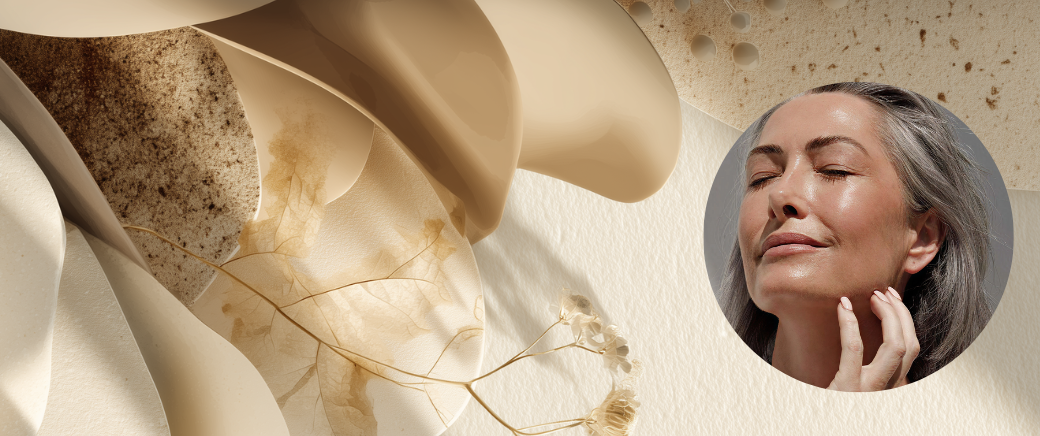
All About Bronzing: Your Guide to the Perfect Summer Glow
Bronzing is a simple way to give your features a more sculpted, structured look. And thanks to the sun-kissed glow it gives your skin, it’s the perfect step for a radiant, vibrant summer look without tanning your skin and risking sun damage.
But for a lot of us, bronzing may seem intimidating, or even off-putting, suggesting imagery like harsh lines, a blotchy, dirty-looking finish, or too much orange.
While looks like these can sometimes give bronzer a bad rap, keep in mind that all forms of makeup have a “too much” or “incorrect” version. For instance, blush can give anyone a lovely bit of color, but the wrong shade or application can leave anyone looking like a clown!
Just so, bronzer looks beautiful when it’s done correctly, and learning to do so is simpler than you think!
Bronzing vs Contouring
Before we learn how to bronze, let’s talk about how it’s different from contouring.
Just over a year ago, makeup was all about creating sharp edges through contouring. Now, bronzer is making a comeback in a big way.
But you might be wondering: what’s the difference between bronzing and contouring, anyway?
These two methods are indeed quite similar, but there are a few key differences.
Contouring can be used to create sharp lines for a chiseled, hyper-sculpted look in the cheek bones, jawlines and nose. And while bronzer creates a similar effect, it’s much more subtle and not quite as severe.
Bronzing and contouring have distinct purposes. Bronzing adds warmth to the face, while contouring creates shadows and highlights. Bronzers typically have warmer tones, while contouring products have cooler, grey-toned colors.
Bronzing is a beginner-friendly method to add definition to your look, compared to the more time-consuming and skill-requiring practice of contouring.
The key is choosing the right bronzer.
Choosing The Right Bronzer

Question: While bronzers may initially appear similar, the variety of formulas available on the market is vast and seemingly endless!
When choosing the right bronzer for you, consider the formula and color of your bronzer.
Generally, sticking with a talc-free formula is recommended, and make sure all of the ingredients are non comedogenic.
Your skin type will determine the right bronzer for you, whether it is in cream or powder form. For those with normal, oily, or combination skin, powder bronzers are usually the best option, while a cream formula may work better for those with dry skin.
If you’re having a hard time finding a cream bronzer with skin-loving ingredients, here’s a great hack: purchase a cream-based foundation in a “bronzing” shade!
When selecting a shade, choose one that is only two or three shades deeper than your natural skin tone for a natural, healthy glow. And while a warmer tone is what you want, make sure you’re not getting something too orange!
How To Bronze For The Perfect Summer Glow
When using bronzer, treat it as one of the final steps in your makeup routine. By the time you’ve applied it, you should’ve already put on your foundation, concealer and blush.
- Using a fluffy powder brush, load on the bronzer and tap out any excess product. Starting at your forehead, sweep a sheer bit of bronzer across the edge of your hairline and down your temple.
- Apply bronzer along the apples of your cheeks, slightly below where you'd normally apply blush, starting from the temple. Make sure to thoroughly blend out any harsh lines.
- Finally, sweep the bronzer along the underside of your jaw, once again blending out.
Using a powder bronzer? Apply a touch of setting powder to even out your skin and prevent patches or blotchiness.
If using a cream-based bronzer, apply before powder, and use the powder to set afterward.




